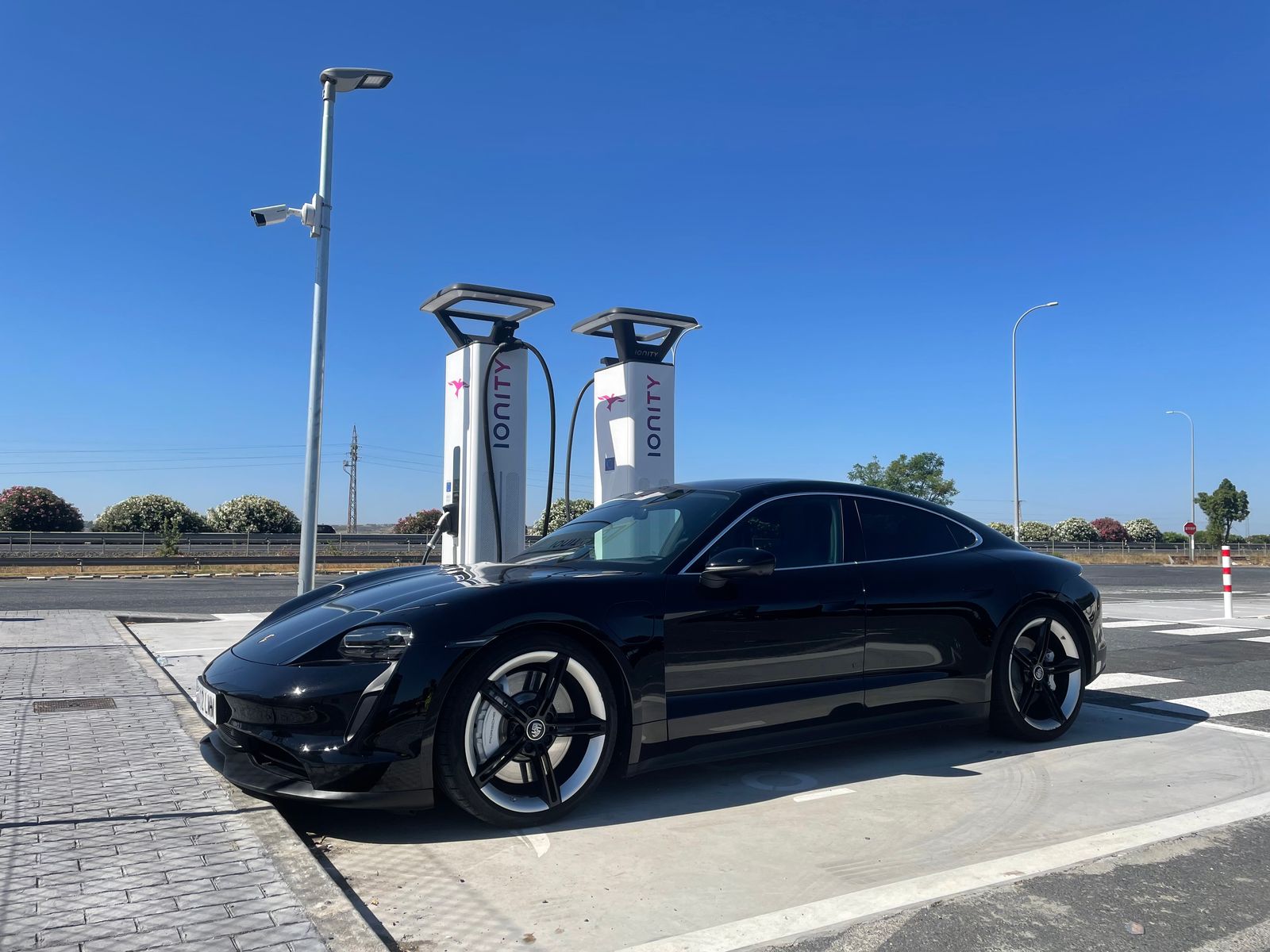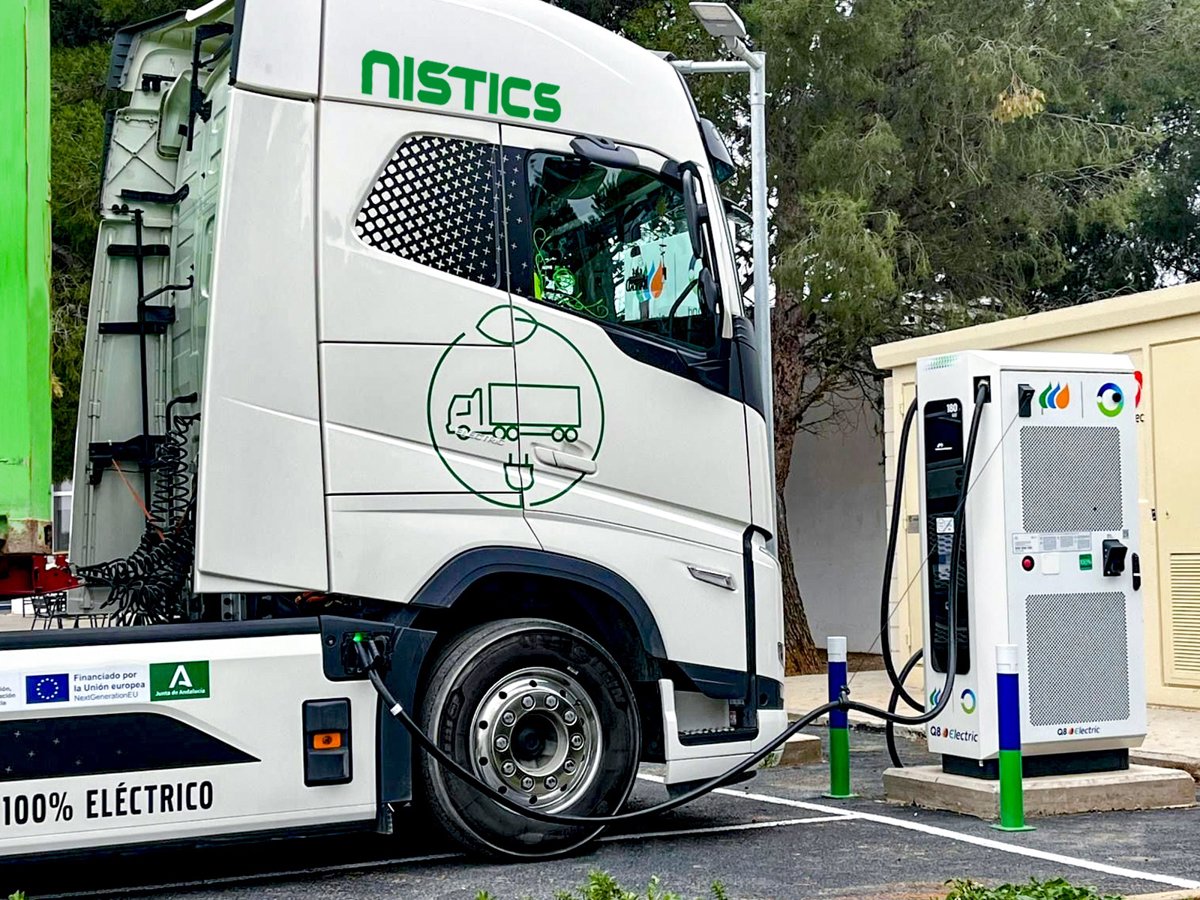Starting on 28 July 2025, all German companies consuming more than 7.5 GWh annually will have to comply with the Energy Efficiency Act (EnEfG).
The regulation requires the implementation of an energy management system in accordance with the ISO 50001 standard or an environmental management system validated under the EMAS scheme (Eco-Management and Audit Scheme Regulation).
This measure, which aligns with the objectives of the European Union’s Energy Efficiency Directive, particularly affects energy-intensive sectors such as logistics, industry, and services, where corporate fleets can account for a significant percentage of total energy consumption.

“The fuel consumption of service vehicles, vans, or trucks may be sufficient for a company to exceed the threshold regulated by law,” explains Jens Witt, Product Manager at Siemens Smart Infrastructure, in an interview with Mobility Portal Europe.
At this point, the legislation is clear:
“Companies with large vehicle fleets, in particular, should examine the potential for energy savings and carefully analyse their fleet’s energy consumption,” states the official EnEfG document.
Companies that fail to implement an energy management system in compliance with the regulation on time could face fines of up to €100,000.
How Can Companies Turn This Obligation into an Operational Opportunity?
Siemens offers a comprehensive approach that combines hardware, software, and technical consulting solutions to facilitate compliance with the EnEfG.
Electromobility as an Efficiency Strategy for EnEfG, but Not the Only One
In this new scenario, fleet electrification appears as an effective measure, though not an exclusive one.
“Electrifying a fleet of vehicles is an effective measure, but it is not the only option,” clarifies Witt. “It is also worth reviewing in detail the technology installed in the other operational systems.”
Witt emphasises that many companies find energy-saving opportunities in areas such as refrigeration, air conditioning, or managing load peaks.
Nevertheless, migrating to electric fleets may be particularly relevant for organisations seeking to reduce their dependence on fossil fuels and improve their sustainability metrics.
How to Adapt? The Role of ISO 50001
One of the most recommended tools is the DIN EN ISO 50001 standard, which provides a structured framework for implementing continuous improvements in energy efficiency.
“Introducing this standard not only ensures legal compliance, but also enables companies to reduce energy costs sustainably,” explains the Siemens expert.
This system helps in creating savings plans, implementing concrete measures, and tracking results in a documented manner, facilitating data-driven decision-making.
Additionally, since its update in 2018, the ISO 50001 standard shares its structure with other standards such as ISO 9001 (quality) or ISO 14001 (environment), streamlining its adoption by companies already managing certified processes.
Technological Solutions to Facilitate the Transition
Siemens proposes a technological offering that covers the entire lifecycle of an installation: from planning to operation. Their hardware and software portfolio allows companies to adapt their processes efficiently, with an integrated view of energy consumption.
A specific example is the SENTRON Powercenter 3000, an energy monitoring tool that simplifies data management in low-voltage networks. Combined with the Powerconfig configuration system, it helps reduce installation and commissioning costs, optimising time and resources.
DISCOVER MOBILITY PORTAL DATA
Discover Mobility Portal Data, a new exclusive market intelligence platform offering reliable data and key reports to support smart decision-making across the automotive sector — covering both combustion and electric vehicles, as well as charging infrastructure.
Research, trend analysis, and neatly organised statistics presented with clarity and precision, alongside up-to-date insights — all just one click away.
With Mobility Portal Data, good decisions are on the horizon.
READ MORE
-
Ionity solicita más de 6 millones al Moves III para ampliar su red eMobility en España
La compañía proyecta instalar más de 20 estaciones de recarga ultrarrápida en regiones con baja penetración del vehículo eléctrico.
-
Iberdrola | bp pulse y Nistics se quedan con el hito de la mayor estación de recarga de eTrucks
El nuevo hub, ubicado en Alcalá de Guadaíra (Sevilla), contará con cargadores de hasta 400 kW y funcionará las 24 horas. Estará operativo entre finales de 2026 y comienzos de 2027.
-
CCOO cuestiona decreto que busca ampliar tiempos de conducción en camiones eléctricos
Aunque el texto normativo aún no se ha publicado, el ministerio ha adelantado que la propuesta busca favorecer el uso de vehículos cero emisiones dentro de los márgenes que permite la legislación comunitaria. Sin embargo, la central sindical considera que esta flexibilización supone un riesgo para la seguridad en carretera.











